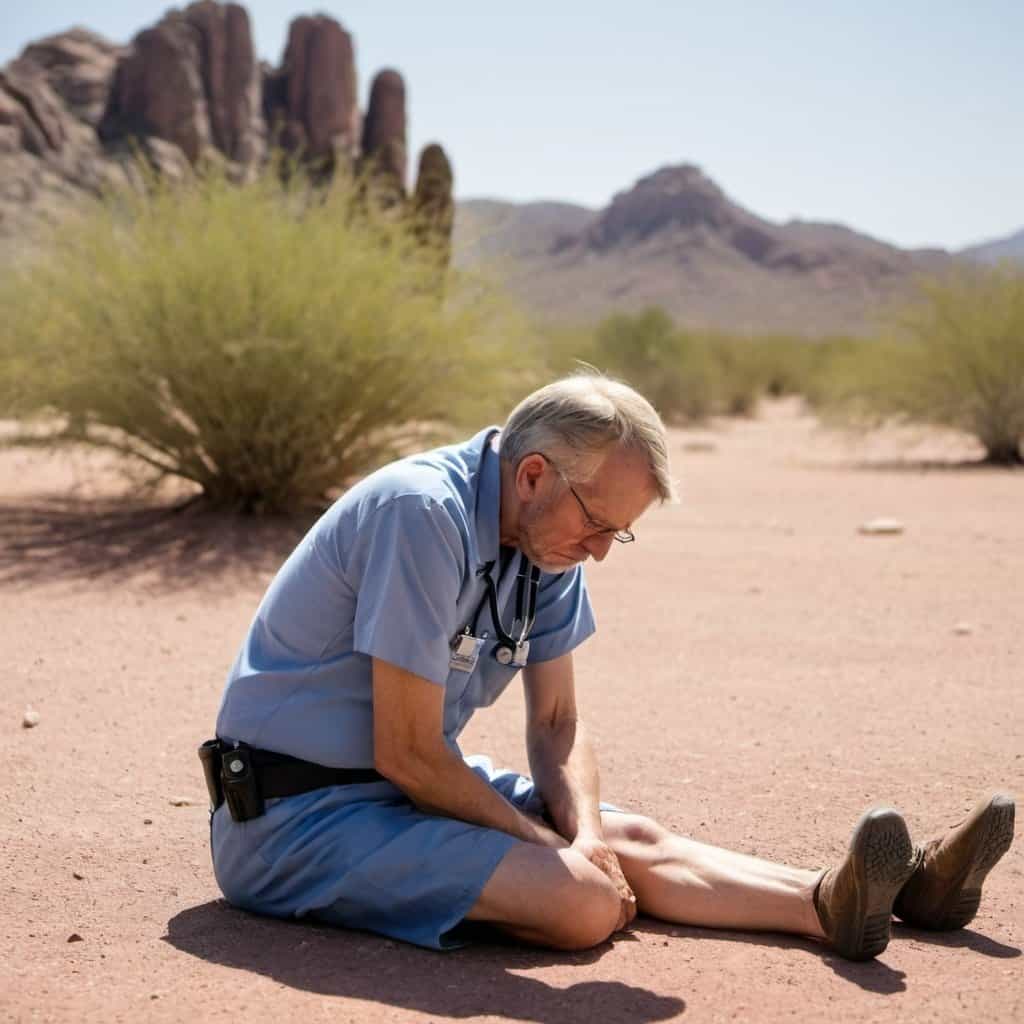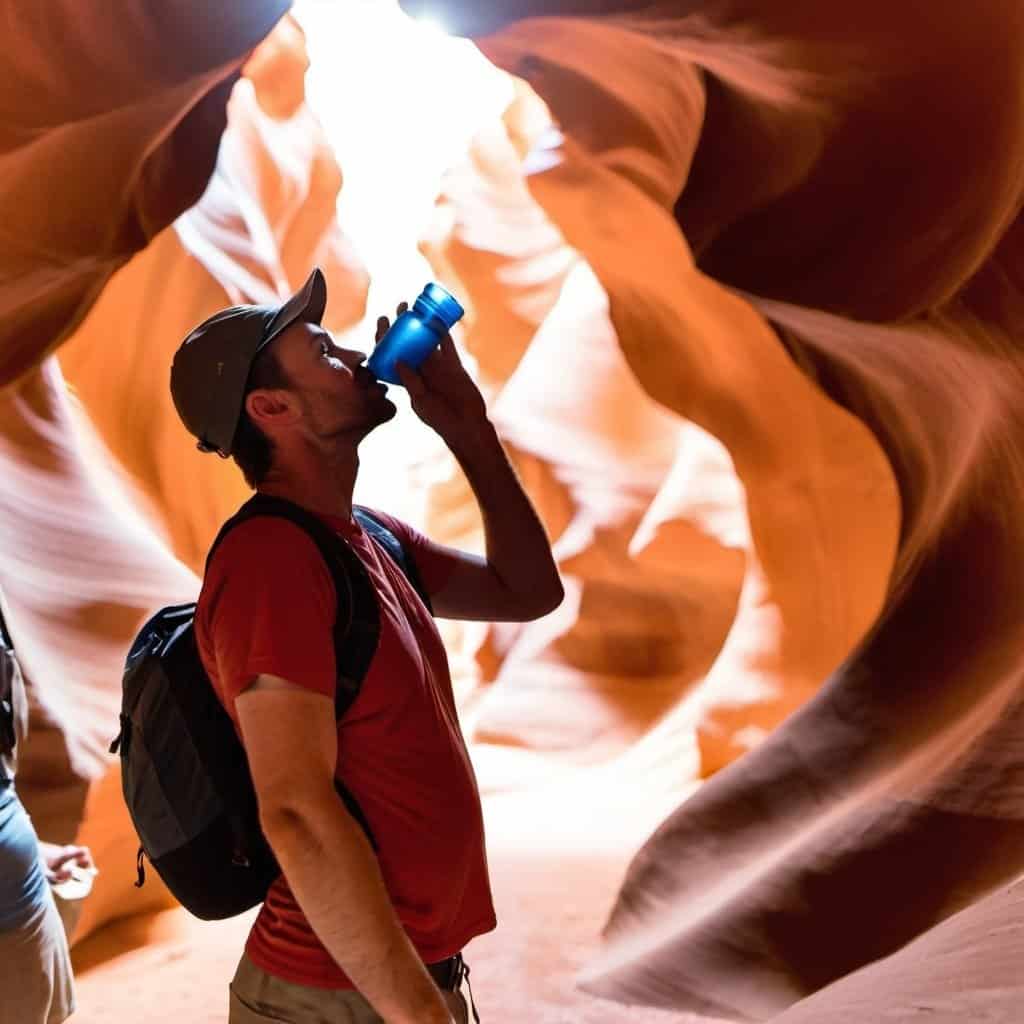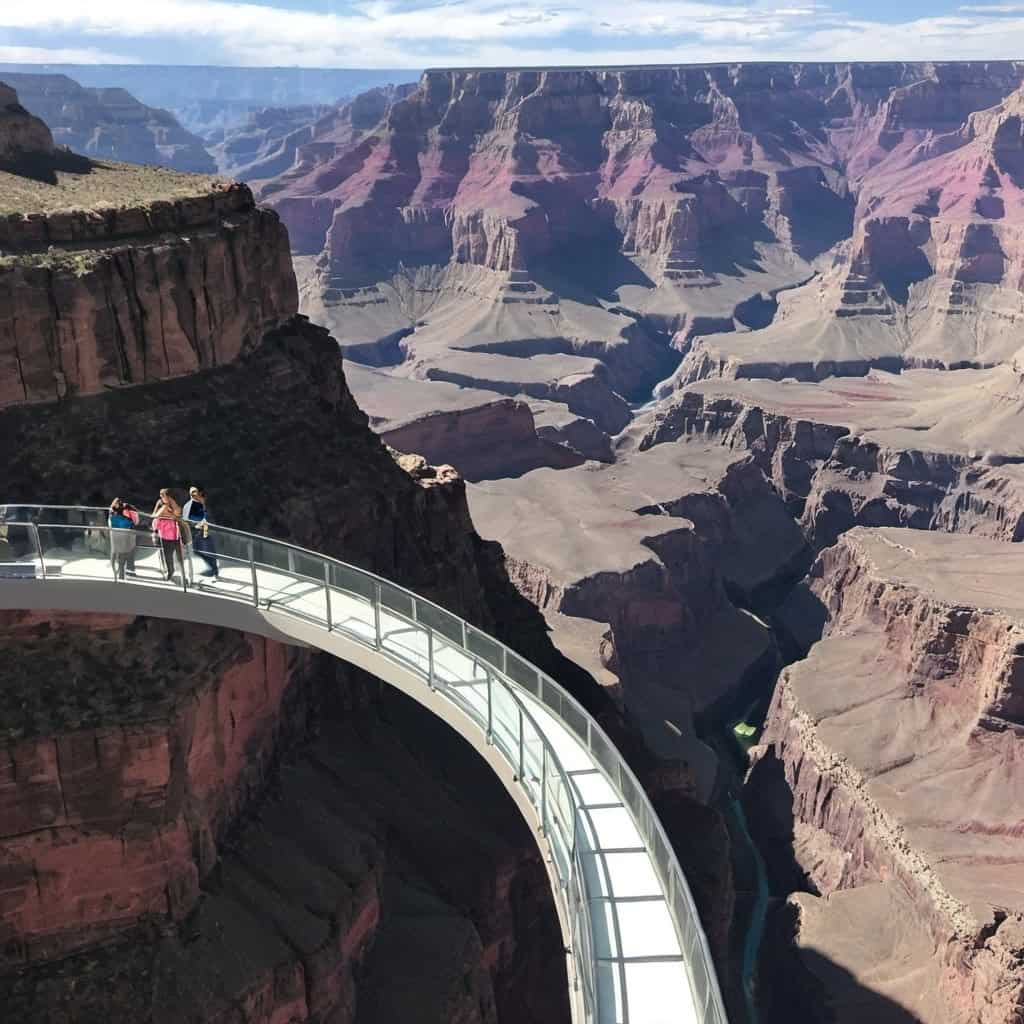Native American Tours is the only booking software company in the United States owned and operated by Native Americans. As such, many of our clients are popular outdoor tours on Tribal lands. These tours offer visitors a glimpse of some of the most iconic, and most photographed, natural wonders in the world. However, they also require the stamina to hike fairly long distances, climb stairs or perform other physical activity.
That is why, as we enter the hottest summer months of July and August, it is important to remind all visitors to Tribal reservations the single most important piece of advice we can possible give: Please, please drink lots of water.
Hydrate before, during and after your tour. Remembering to hydrate can literally be the difference between life and death.
Why everyone needs to stay hydrated, especially in the summer
The summer months are usually the most popular months for Tribal tourist attractions – known as the “peak season.” This is especially true in the Southwest, home to natural wonders such as the Grand Canyon and Antelope Canyon.
However, the southwest desert, as well as other places, often sees temperatures exceed triple digits in the summer. Furthermore, larger crowds can increase the overall temperature inside the tour itself.
So it is imperative that every tourist taking part in an outdoor tour, which involves physical activity like hiking or climbing, do their best to always be completely hydrated. This means drinking plenty of water beginning days before the scheduled arrival date and bringing a full refillable water bottle with you (or Camelback backpack) during the hike. Then be sure to have some water even after you’ve left the tour.
If you start to feel unwell during the tour, it is important to know and understand the symptoms of heat-related illnesses – before it’s too late.
Heat exhaustion
Heat exhaustion is a less severe heat-related illness compared to heat stroke. It typically occurs when your body loses too much water and salt due to excessive sweating in hot and humid conditions. If you experience any of these symptoms while on your tour it is critical that you drink water immediately, and stop and rest in a shaded (cooler) area. Otherwise it could progress to heat stroke.
Here are the most common symptoms of heat exhaustion:
- Profuse sweating as your body attempts to cool down.
- Weakness and fatigue, as your body feels tired and worn down
- Dizziness or lightheadedness.
- Nausea or vomiting
- Severe headache
- Cool, moist skin
- A rapid or weak pulse
- Muscle cramps, especially in the legs and abdomen
Heat Stroke
Heat stroke is a severe step up from heat exhaustion. It is a life-threatening condition that occurs when the body’s internal temperature rises to dangerous levels, often exceeding 104°F. It can result from untreated heat exhaustion or direct exposure to extreme heat and requires immediate medical attention.
Here are the most common symptoms of heat stroke:
- High body temperature, often above 104°F
- Confusion, agitation, delirium, or even loss of consciousness
- Hot, dry skin
- Rapid, strong pulse
- Severe headache
- Nausea and vomiting
- Seizures
Again, heat stroke is a medical emergency. If you experience heat stroke you will need to be removed from your tour immediately and transported to the nearest medical facility.
While waiting for help to arrive, do what can be done to cool down as much as possible, such as drinking fluids, or applying a cold cloth or ice.

Do not give fluids to an unconscious person under any circumstances.
If one of your fellow tourists collapses, or you come across someone who is unconscious due to the heat, it may seem logical to try to force them to drink water. However, this can seriously harm or kill the person.
Forcing fluids down the throat of an unconscious person can cause aspiration, which occurs when fluids enter the airway instead of the esophagus and can lead to choking, coughing, and potentially more serious complications like pneumonia. Fluids could also induce vomiting, which could make the medical situation worse.
If you come across someone needing medical attention, do not touch them or try to help unless you yourself are a trained medical professional. Call over the tour guide immediately, and if necessary, call 911.
Hydrate, Hydrate, Hydrate
We say it every single day. To every single guest. Before you embark on your tour, you absolutely have to make sure you are fully hydrated.
It sounds overly simplistic, possibly too parental, and at risk of overstating the obvious. But sadly, even after repeated warnings, we have witnessed too many tourists have to leave their guided tour early and seek out medical attention because they refused to follow this one, simple rule. Drink. Lots. of Water.
In July 2023, temperatures in Arizona exceeded 110 degrees for the entirety of the month. Yet, due to low humidity, many tourists didn’t feel the need to properly hydrate or apply sunscreen until it was too late. This was especially true for senior citizens.
Many tours involving natural landmarks take place at high elevations, such as attractions within the Navajo Nation for example, where elevations can reach as high as 4,100 feet. When a tourist is engaged in strenuous activity – such as hiking or climbing – at fairly high altitudes, their breathing becomes faster and shallower due to the decrease in oxygen levels, contributing to increased water loss. In fact, the human body loses water through respiration at high altitude twice as fast as it does at sea level.
All of this is a long way of saying, good hydration begins days before your tour – not hours. Otherwise, the amount of water you consume during your tour still may not be enough to replenish the amount of water you will lose.

If drinking a lot of water gets too boring for you, you can also drink other beverages, so long as they don’t contain too much sugar or caffeine (which, again, leads to water loss). In addition, many vegetables are actually rich in water, like cucumbers for example, as well as fruits such as berries, oranges, strawberries and (of course) watermelon.
By properly hydrating before and during your guided tour, you can ensure that you will be able to enjoy all the incredible views and experiences the Native tour has to offer. By being aware of the symptoms of heat exhaustion (and letting your tour guide know you are not feeling well), you’ll know if you need to stop in a shaded area, rest and hydrate to make sure you don’t have your tour experience interrupted by a medical emergency.
Stay safe, and enjoy your tour!




